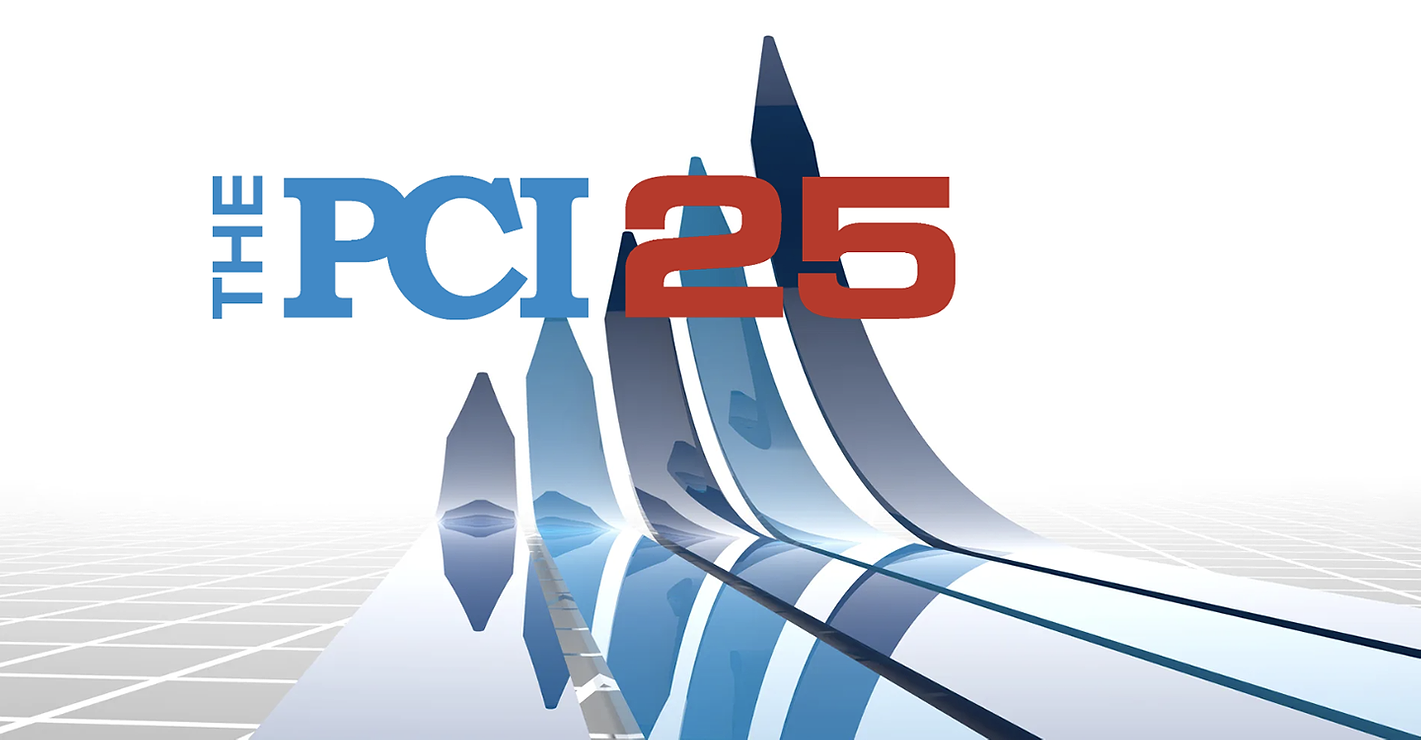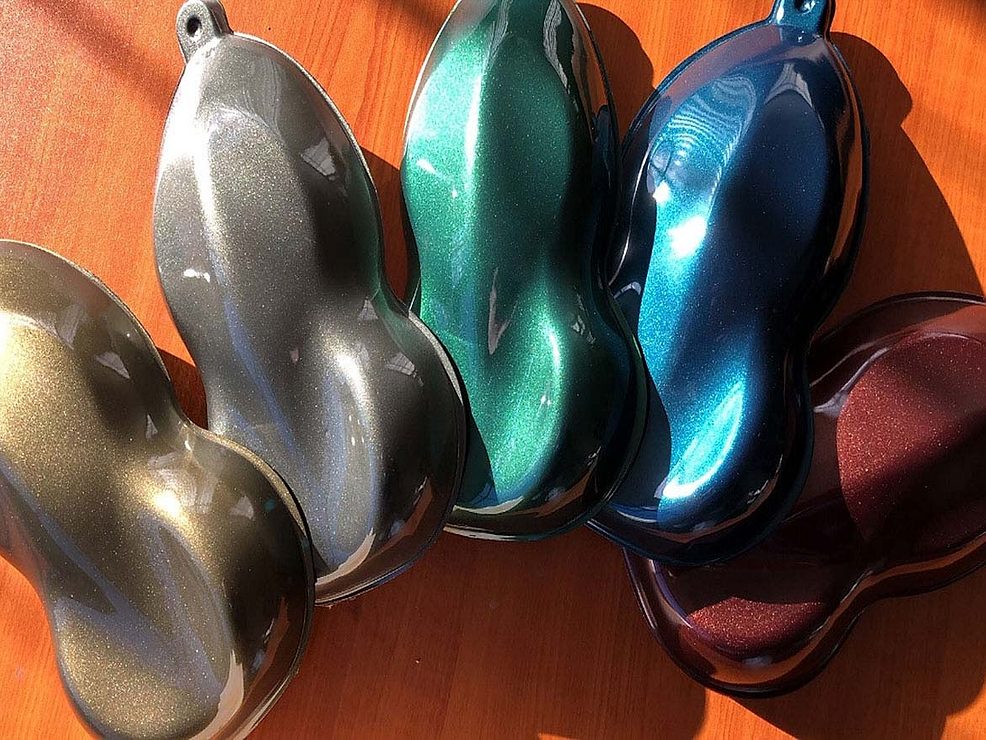
U.S. regulatory requirements associated with antimicrobial-treated surfaces are complex. Any product offered for sale in the United States claiming to control or mitigate pests, including microorganisms, must be registered by the U.S. Environmental Protection Agency (EPA). Typically, coatings incorporating preservatives to protect the integrity of the product, both in the can and on the coated surface, are exempt from registration. However, increased concerns regarding disease transmission offer an opportunity to provide products that can sanitize surfaces. Products making claims to control microorganisms on treated surfaces are now more closely scrutinized by the EPA. They may require registration or they may be exempt under EPA's "Treated Article" exemption.
Historical Overview of Treated Articles
This paper focuses on the regulatory requirements associated with antimicrobial substances (antimicrobials) used in paints and surface treatments in the United States. Antimicrobials have historically been used in paints or on coated surfaces as preservatives to protect the integrity of the paint or coated surface. Antimicrobials are also incorporated into articles to inhibit odor-causing microorganisms such as bacteria, mold and mildew.The Federal Insecticide Fungicide and Rodenticide Act (FIFRA) requires the registration of products making claims to control microorganisms such as bacteria and fungi. However, the law exempts certain "treated articles" and substances from registration. The EPA defines a treated article as "an article or substance treated with, or containing, a pesticide to protect the treated article or substance itself (for example, paint treated with a pesticide to protect the paint/coating, or wood products treated to protect the wood against insect or fungus infestation), if the pesticide is registered for such use." (40 CFR Part 152.25(a)) In other words, the exemption applies to qualifying articles or substances treated with, or containing a pesticide, if:
-
1) The incorporated pesticide is registered for use in or on the article or substance, and;
2) The sole purpose of the treatment is to protect the article or substance itself.
An example of a common treated article is paint. Most paints are organic and would spoil without a small amount of preservative to prevent microbial growth. EPA did not want to face the tremendous task of registering every product or type of paint containing an antimicrobial preservative, so the Agency supported a provision in the law exempting such products from registration. The provision requires that the antimicrobial be registered for use in paint and the product label of the paint may not make any antimicrobial claims. Initially, this provision worked well because manufacturers of products such as coatings had no interest in making antimicrobial claims. Nor did manufacturers want to invest substantial time and money to obtain a registration.
However, in the late 1990s, as public concern regarding disease transmission grew, EPA began seeing increasing numbers of treated products in the marketplace bearing implied or explicit public health claims on their labels. Manufacturers made claims beyond the protection of the article itself, and thus these products did not qualify for the treated article exemption. EPA was concerned that product labels were leading consumers to have a false sense of protection against harmful microorganisms. The Agency's view was, and continues to be, that if people believe that the product has a self-sanitizing quality, they may not practice standard hygiene to prevent the transmission of harmful germs. Consequently, the public's health may be less protected. For example, some paint manufacturers stated that the antimicrobial additive provided protection against harmful organisms or prevented the spread of disease. As a result, consumers may believe that any surface covered by the paint would be self-sanitizing. This flood of consumer products, treated with antimicrobials, into the marketplace prompted EPA on March 6, 2000, to issue Pesticide Regulation Notice 2000-1 to clarify the Agency's policy with respect to the scope of the treated article exemption.
Overview of Treated Article Pesticide Registration (PR) Notice 2001-1
PR Notice 2001-1 provides guidance to manufacturers and distributors of pesticide-treated articles as well as producers and distributors of preservatives used to protect treated articles from microbial deterioration. The guidance focuses on the various types of antimicrobial labels claims that EPA would consider acceptable and those that would not be considered acceptable. Any public health claim made on a treated article or substance would trigger the requirement to register the treated article or substance. Non-public health claims would allow the product to qualify for the treated article exemption. Furthermore, the trademarked product name may also not make a public health claim. (i.e..Germshield)Public Health Claims
EPA will consider an article or substance to make a public health claim if any of the following claims are made either explicitly or implicitly:
1. Control of specific microorganisms or classes of microorganisms that are directly or indirectly infectious or pathogenic to man (or both man and animals). Examples of specific microorganisms include Mycobacterium tuberculosis, Pseudomonas aeruginosa, E. coli, HIV, Streptococcus species and Staphylococcus aureus.
2. A claim for the product as a sterilant, disinfectant, virucide or sanitizer, regardless of the site of use of the product and regardless of whether specific organisms are identified.
3. A claim of ‘antibacterial', ‘bactericidal' or ‘germicidal' activity or references in any context to activity against germs or human pathogenic organisms implying public health related protection.
4. A claim for the product as a fungicide against fungal infections or fungi pathogenic to man, or the product does not clearly indicate it is intended for use against fungi non-pathogenic to humans.
5. A claim to control the spread of allergens through the inhibition or removal of microorganisms such as mold or mildew.
6. A non-specific claim that the product will beneficially impact or affect public health by pesticidal means at the site of use or in the environment in which applied.
7. An unqualified claim of antimicrobial activity. In order to be exempt from registration, a company must qualify any antimicrobial activity label claim as to their intended non-public health use. For example, EPA would accept statements such as "antimicrobial properties built in to protect the product" or "provide mildew-resistant dried paint coating." The qualifying statement must be located together and should be printed in the same size, style and color to the claims of antimicrobial activity on the label.
Non-Public Health Claims
EPA considers a treated article or substance to make a non-public health claim if any of the following apply:-
1. A claim to inhibit the growth of mildew on the surface of a dried paint film or paint coating.
2. A claim to inhibit microorganisms that may cause spoilage or fouling of the treated article or substance.
3. A claim to inhibit offensive odors in the treated article or substance.
4. A claim such as "antimicrobial", "fungistatic", "mildew-resistant" and "preservative" provided they are properly qualified as to their intended non-public health use.
A few examples of statements that, according to the PR Notice would be unacceptable to the agency include:
-
1. Antibacterial, bactericidal, germicidal;
2. Reduces the risk of food-borne illness from bacteria;
3. Improves indoor air quality through the reduction of microorganisms;
4. Provides a bacteria-resistant or germ-resistant surface; and,
5. Surface minimizes the growth of both gram-positive and negative bacteria.
A few examples of statements EPA will likely to consider acceptable under the exemption include:
- 1. Specifically formulated to resist mildew growth on the paint film;
2. Article treated to resist deterioration by mold or fungus;
3. The fungistatic agent in this article makes it especially useful for resisting deterioration caused by mildew;
4. Inhibits the growth of bacteria causing odors; and,
5. This product contains an antimicrobial agent to control odors.
PR Notice 2001-1 should be consulted for a more detailed list of labeling claims the Agency is likely to consider acceptable or unacceptable under the treated article exemption.
The notice also clarifies the fact that in order to qualify for the treated article exemption, the treated article must contain a pesticide that is registered for such use. It is not sufficient that the pesticide in the article be substantially similar or has activity like a registered pesticide. In registering the antimicrobial pesticide, EPA will not permit broad, general-use patterns such as preservation of hard surfaces, plastics, adhesives or coatings. Instead, the Agency requires specific listings such as toys, kitchen accessories, tents, and paint. It is therefore critical for manufacturers to determine if the preservative they use in their products is approved for use in the specific type of treated article.
Registration of Treated Articles
EPA requires extensive data to register a treated article that makes public health claims. These types of required data include:- 1. Product chemistry and manufacturing methods;
2. Acute toxicity data;
3. Exposure information for workers and consumers; and,
4. Efficacy data to support label claims.
The process to register a treated article involves the following steps:
-
1. Define the intended uses and marketing claims it desires;
2. Participate in a pre-registration meeting with EPA to discuss data requirements, and the details of any proposed efficacy protocols;
3. Develop and submit a testing protocol for EPA review and approval;
4. Contract with laboratories that are engaged in developing efficacy protocols and generate required data;
5. Assemble and submit the application to EPA;
6. Monitor and respond to questions raised during the review; and
7. Register the product in each state following EPA approval.
Heating, Ventilation and Air-Conditioning Systems (HVAC)
Since HVAC systems are breeding grounds for a variety of microbes, there has been a growing need for products either to control odor-causing mold or to disinfect these systems or the components of these systems. Many companies are interested in developing products to treat HVAC systems, but there are few products registered in the United States for HVAC disinfection. These products are generally intended for use on evaporative coils and drain pans. There is only one antimicrobial product currently registered for treating surfaces of existing ductwork as well as for incorporating into components of new HVAC systems. However, this product is a preservative and makes no public health claims.
EPA is concerned about the growing misuse of antimicrobials in ductwork and air-handling systems. According to EPA, in a recent incident, a product was sprayed in the ventilation system of a school and 200 students had to be evacuated. The Agency said that they did not have ductwork in mind when they registered sanitizers for use on hard or non-porous surfaces. For example, a product may be approved for steel surfaces, like a countertop, but this use is quite different from enclosed spaces like HVAC systems where exposure would be much greater. The most significant regulatory hurdle a company faces in trying to obtain EPA approval for this type of use is to provide EPA with adequate data to address potential exposure and risk to building occupants or applicators from the use of these products in or on any surfaces that are part of HVAC systems. Furthermore, a company must provide EPA with data to prove these products are efficacious when used in HVAC systems and, to date, EPA has not approved any testing protocols. The Agency issued a letter to registrants and user groups in March, 2002, advising them against using products whose labels do not bear specific instructions for use in HVAC systems.

EPA Enforcement Activities
Over the last several years, EPA has issued several stop-sale orders and/or fines to companies that went beyond the treated article exemption and made unlawful public health claims on their product labels. The fines were, in some cases, significant. One of the largest penalties levied was against Microban in 1998 in the amount of $165,500. EPA argued that Microban made unlawful claims on their Microban Plastic Additive'B' label by stating that the product would reduce the growth of many common and harmful bacteria by 99.9%. Further, Microban sold this additive to Hasbro Inc. for use in toys. Hasbro, Inc., manufacturer of Playskool toys, was also fined $120,000 for making false claims that toys treated with the Microban antibacterial pesticide protected children from infectious diseases caused by bacteria, including E. coli, Salmonella and Staphylococcus and Streptococcus infections.During the relevant time, Microban made 32 separate sales of its additive and produced five separate documents containing the unapproved claims of efficacy. The original fine was based on 32 violations. However, Microban appealed the decision, and the Environmental Appeals Board reversed the original decision and assessed a civil penalty for the five documents that contained the unapproved claims rather than for the 32 individual sales. The fine was reduced to $25,000.
Other examples of enforcement actions taken against companies that went beyond the treated article exemption include:
Lifetime Hogan: EPA issued a stop-sale order to the company and fined it $66,000 for selling unregistered kitchen gadgets making claims of built-in antibacterial protection, along with promotional material citing use in hospitals, restaurants and commercial kitchens.
Snow River Wood Products: EPA issued a stop-sale order to this company and fined it $26,400 for selling an unregistered cutting board claiming to fight Salmonella and E. coli.
McNeil-PPC: The company was fined $100,000 for selling unregistered toothbrushes, making antibacterial claims and claims to inhibit the growth of germs.
Joyce Chen: EPA issued a stop-sale order to the company for cutting boards that claimed the boards prevented the growth of commonly occurring household food-poisoning organisms including Salmonella and E. coli and reduced the threat of bacterial contamination.
Conclusion
The regulation of paints and surface coatings has become much more complex as companies seek to gain an edge in the marketplace by making new claims or seeking new uses for their products. Product labels that bear implied or explicit public health pesticidal claims to protect the public against harmful microorganisms - bacteria, fungi and viruses - are closely scrutinized by EPA. While there is an opportunity for manufacturers to make public health claims for products used to sanitize surfaces, the regulatory requirements associated with these claims are extensive, and costly and securing regulatory approval can take several years. As companies develop new products, it is critical for them to be mindful of potential label claims and whether the claims will qualify under the "treated article exemption."EPA has not been able to provide efficacy testing protocols or specific exposure assessment models for treated articles that make public health claims. It will require potential registrants to work closely with the Agency to develop efficacy protocols and exposure models. However, the business opportunities to sell products that will improve the indoor environment by controlling odors and mildew stains or actually reduce the exposure to human pathogens will continue to drive manufacturers to pursue both new, treated articles and registered surface treatments.
For further information contact Erin M. Tesch, Technology Sciences Group, Inc., 1101 17th Street, NW, Suite 500, Washington, D.C. 20036, phone 202/828-8966; e-mail etesch@tsgusa.com.
This paper was presented at The Second Global Congress Dedicated to Hygienic Coatings & Surfaces, Orlando, January 2004. The conference was sponsored by the Paint Research Association.





